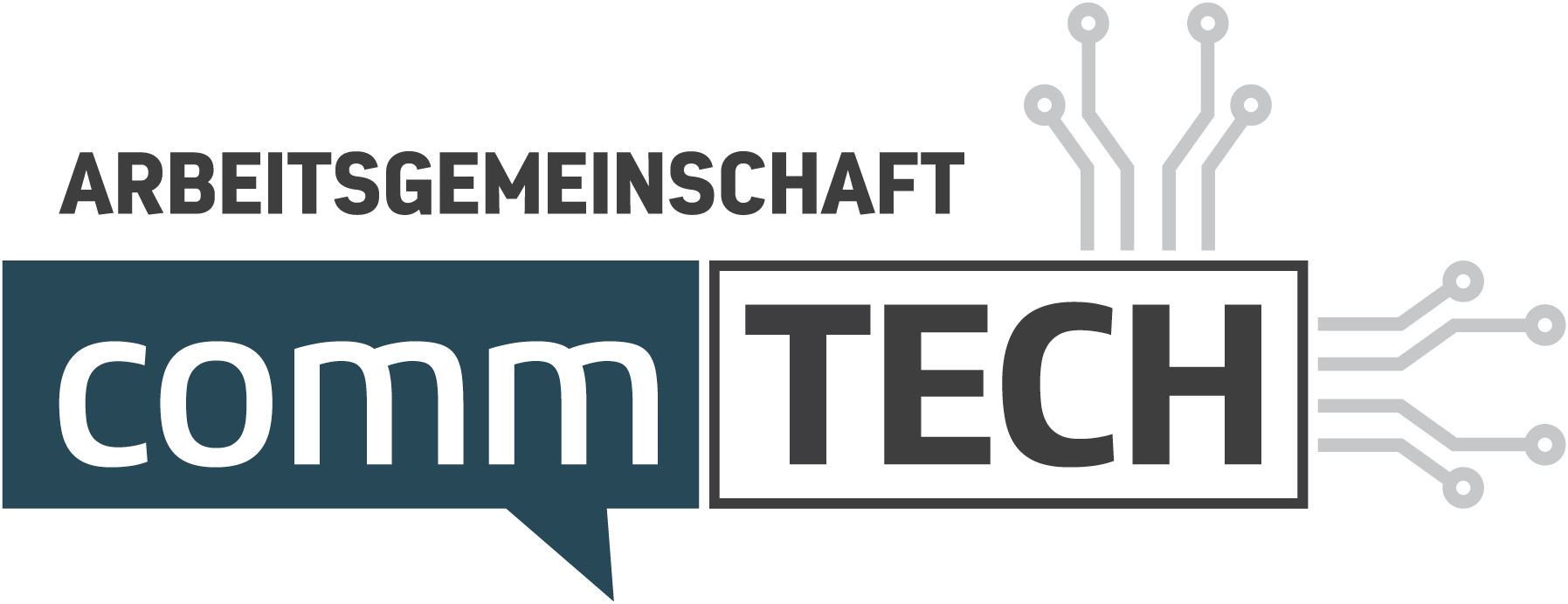- 9. March 2022
- Posted by: Die Redaktion
- Category: NEWS

Media analyses: The disdainful standard is not enough

Author: Jörg Forthmann
When it comes to media analysis, the demands in press offices have obviously grown considerably. Reach and the number of mentions are still the two most important indicators for press spokespersons -this suits classic media analysis service providers.
However, reputation and image values already follow in third and fourth place; only a few providers can supply this information on a daily basis. However, the wish list of PR managers also shows that the trend towards strategic communication is continuing and changing the way press offices work. It is managed differently than it was ten years ago. This is the result of a recent survey conducted by the “Media Analytics” working group of AG CommTech among 132 PR professionals and executives in January/February 2022.
A real challenge for media analysis service providers is also the expectations for the analytical processing of data. Here are the top ten most important analysis requests:
– Topic analyses (very important or important for 98%)
– Target group analysis (93%)
– Topic trend analyses (92%)
– Analysis of (existing/emerging) crisis issues (92%)
– Benchmark with competitors (88%)
– Earned/Owned media analyses (86%)
– Input-output analyses
– Influencer analytics (64%)
– Hashtag analytics (62%)
This wish list is likely to send a real shiver down the spines of many media analysis service providers, because content analysis is still mainly done by hand. This makes them either extremely expensive or not available at all. New technological approaches such as artificial intelligence, on the other hand, are still rare, with the majority of analytics needs – on a manageable budget – being virtually impossible to fulfill without the use of technology. So the press offices are setting the bar very high.
Respondents are also demanding when it comes to the content they analyze. The evaluation of texts is a matter of course for everyone. 89 percent also want to have videos evaluated, 81% radio reports and podcasts, 70% value image analysis.
A look at the top ten most important communication channels shows how relevance has shifted in the source mix:
– Print media (very important or important for 95%)
– Online news (92%)
– B2B platforms (e.g. LinkedIn; 91%)
– Comments under posts (80%)
– Facebook (75%)
– Instagram (75%)
– Twitter (75%)
– Blogs (68%)
– YouTube (65%)
In third and fourth place are B2B platforms such as LinkedIn and comments under posts, i.e. formats in which users publish their own contributions. Only then do the classic social media follow. Forums (57%), TikTok (23%) and Snapchat (8%) follow well behind. In this way, the press offices’ expectations of their media analysis follow the trend that millions of people publish themselves – whereby in-depth information is obviously more important than shallow social media drivel.

